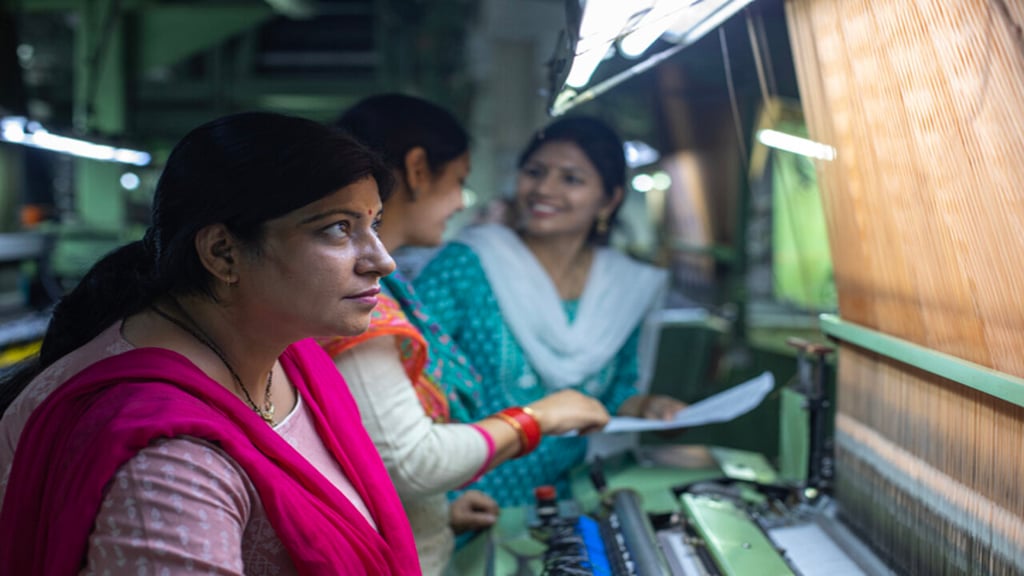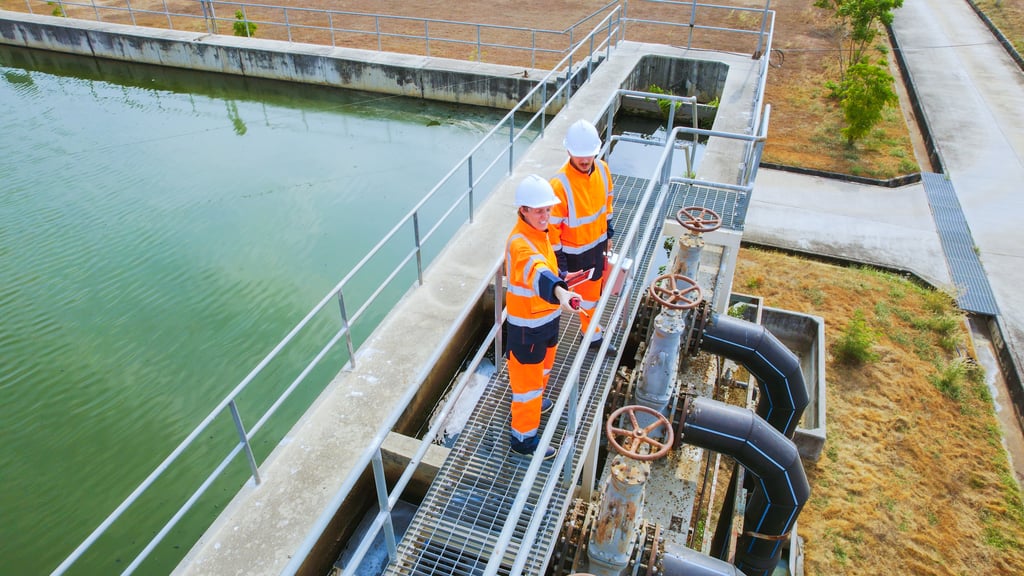Overview
Since 1914, Shell has had a research facility in Amsterdam developing innovative technologies. Safety is the top priority for Shell, and therefore frequent testing of their installations ensures the safety of employees, visitors and the neighbourhood of where the laboratory is located.
Their installations were currently inspected annually (or more frequently) and on top of that a detailed test program was executed every five years. The laboratory however, has a substantial daily budget, and these tests often require downtime. Therefore there is an onus on using advanced methods and testing technologies to minimise downtime, without compromising safety.
Shell Technology Centre Amsterdam (STCA) asked LRQA to determine a risk ranking for all their safety systems at the laboratory in Amsterdam. LRQA has a long working relation with Shell Technology Centre Amsterdam, including helping them with a risk analysis pilot for their asset integrity / maintenance management system.
How we helped
The five-yearly test program has a large number of test protocols for each specific part of the laboratory. However, there are several differences between the numerous systems within the laboratory and therefore not every part of the laboratory requires testing at the same frequency.
Through our RBMI software we determine the risks for the pipework, and carried out Failure Mode Effect and Criticality Analyses for all other systems; including fire detection. We were then able to determine the likelihood and consequence of failure for the entire system. Risks were compared across multiple installations and presented in a single risk matrix to then support the recommendations to truly optimise the series of test protocols.
We deliver a series of risk matrices which identified low, medium, medium-high and high risks components in the laboratory. With this risk ranking the inspection planning can now be optimised and downtime reduced.
The impact
The outcomes of the project were:
- Semi-Qualitative risk assessment completed
- Risks were presented from all different systems in one matrix, therefore comparable risk can now be managed
- A multi week complete shutdown of the laboratory is now replaced by online testing and local shutdowns, while at the same time the risks are reduced.
Comparing risks between different systems is hardly ever seen within this industry. This project shows that comparing the risks for different systems is the optimum way to truly optimise maintenance and inspection.
Benefits
- Improved understanding of the risks
- It is estimated that the downtime for testing is reduced by at least a week, which would mean a significant annual reduction in operational costs. The investment was only a small fraction of the savings.
- The savings in prevented downtime outweighed the alternative of advisory by at least a ratio of 5:1.
Key services and solutions
Here are links to some of the services and solutions that came together to deliver the project.



